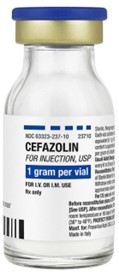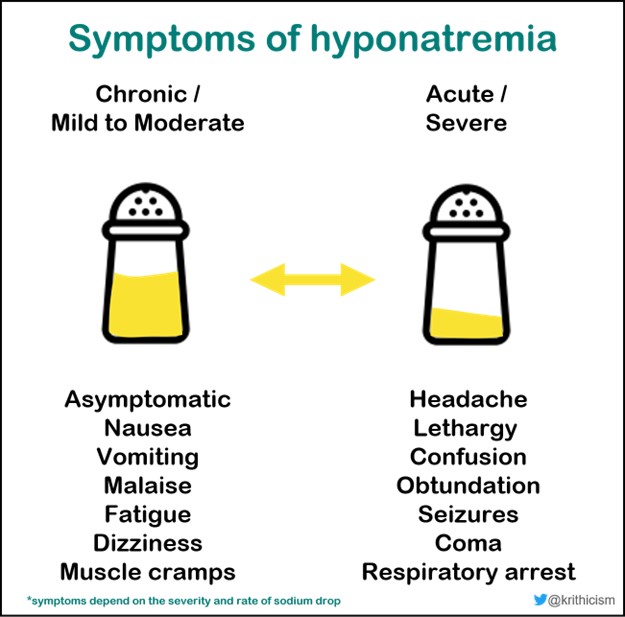A nurse is reinforcing discharge teaching with an older adult client's family about safety precautions when administering a tap water enema to the client. Which of the following should the nurse include in the instructions?
Instruct the client to bear down during rectal tube insertion.
Administer a second enema if results are not clear.
Assist the client to a right Sims' position
Insert the rectal tube in the direction of the client's umbilicus.
The Correct Answer is C
When administering a tap water enema, the client should be assisted to a right Sims position. This position involves lying on the left side with the right knee bent toward the chest.
The other options are not correct because:
a) The client should not bear down during rectal tube insertion.
b) Administering a second enema if results are not clear is not mentioned as a safety precaution.
d) The rectal tube should be inserted in the direction of the sacrum, not the umbilicus.
Nursing Test Bank
Naxlex Comprehensive Predictor Exams
Related Questions
Correct Answer is C
Explanation
The nurse should clarify the prescription for cefazolin with the provider. Cefazolin is a cephalosporin antibiotic, and there is a risk of cross-reactivity in individuals who have an allergy to penicillin.
a) Doxycycline and b) Vibramycin (which is another name for doxycycline) are tetracycline antibiotics and are not related to penicillin.
d) Gentamicin is an aminoglycoside antibiotic and is also not related to penicillin.

Correct Answer is A
Explanation
Hyponatremia refers to a lower-than-normal level of sodium in the blood. Sodium is an essential electrolyte involved in various bodily functions, including maintaining fluid balance and transmitting nerve impulses. When sodium levels are low, it can lead to fluid imbalances, affecting the function of muscles and nerves. Muscle cramps are a common manifestation of hyponatremia and occur due to alterations in muscle excitability and contractility.
Constipation: Constipation is not typically associated with hyponatremia. It can occur due to various reasons, such as dietary factors, lack of physical activity, or other medical conditions, but it is not a direct consequence of low sodium levels.
Hypertension: Hyponatremia is not usually associated with hypertension (high blood pressure). Hypertension can be caused by several factors, including genetics, lifestyle, and certain medical conditions, but it is not directly related to low sodium levels.
Blurred vision: While blurred vision can occur in some medical conditions, such as diabetes or certain eye disorders, it is not a typical finding in hyponatremia. Visual disturbances are not a direct consequence of low sodium levels.

Whether you are a student looking to ace your exams or a practicing nurse seeking to enhance your expertise , our nursing education contents will empower you with the confidence and competence to make a difference in the lives of patients and become a respected leader in the healthcare field.
Visit Naxlex, invest in your future and unlock endless possibilities with our unparalleled nursing education contents today
Report Wrong Answer on the Current Question
Do you disagree with the answer? If yes, what is your expected answer? Explain.
Kindly be descriptive with the issue you are facing.
